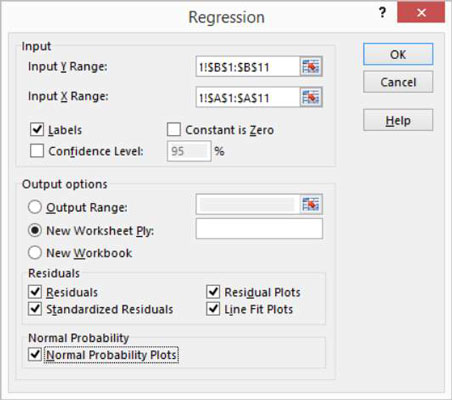

- How to find descriptive statistics in excel 2016 how to#
- How to find descriptive statistics in excel 2016 install#

Excel can help you by recommending, and then, automatically creating PivotTables, which are a great way to summarize, analyze, explore, and present your data.Ī pivot table may be used as an interactive data summarization tool to automatically condense large datasets into a separate, concise table. It helps you analyze all the data in your worksheet so as to make better business decisions. Using Excel for Statistical Analysis: Pivot TablesĪ PivotTable is an Excel tool for summarizing a list into a simple format. In this blog, I have tried to explore the functionalities of MS-Excel as a potential tool for statistical analysis and suggested some simple tricks and techniques that will save both time and energy.īy clicking the above button, you agree to our terms and conditions and our privacy policy.
How to find descriptive statistics in excel 2016 how to#
In this discussion, we explain in detail the essential statistics for data analysis using Excel and how to perform descriptive analysis using Excel.
How to find descriptive statistics in excel 2016 install#
Remember to install Data Analysis ToolPak if you are using Excel for statistical data analysis. Having knowledge of the essential statistics for data analysis using Excel answers is a plus. Most data analysts using Excel for statistical analysis depend largely on these two Excel features. Whether you are performing statistical analysis using Excel 2010 or Excel 2013, you need to have a clear understanding of charts and pivot tables. However, using Excel for statistical analysis requires clarity of thought, data analysis knowledge, and strong decision-making skills. The convenience of use and cost are two very important reasons why most data professionals prefer using Excel for statistical data analysis. MS Excel is one of the most commonly used tools for data analysis.



 0 kommentar(er)
0 kommentar(er)
